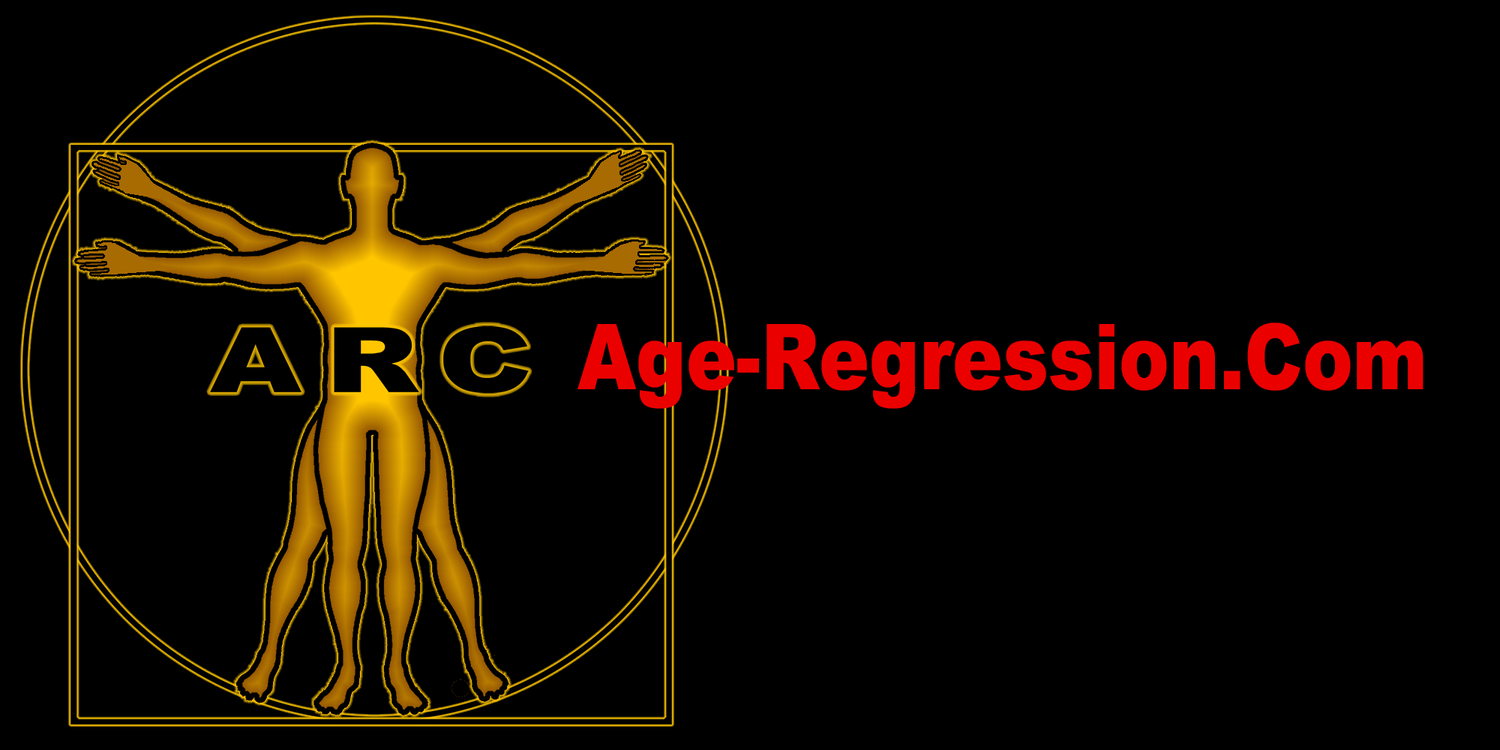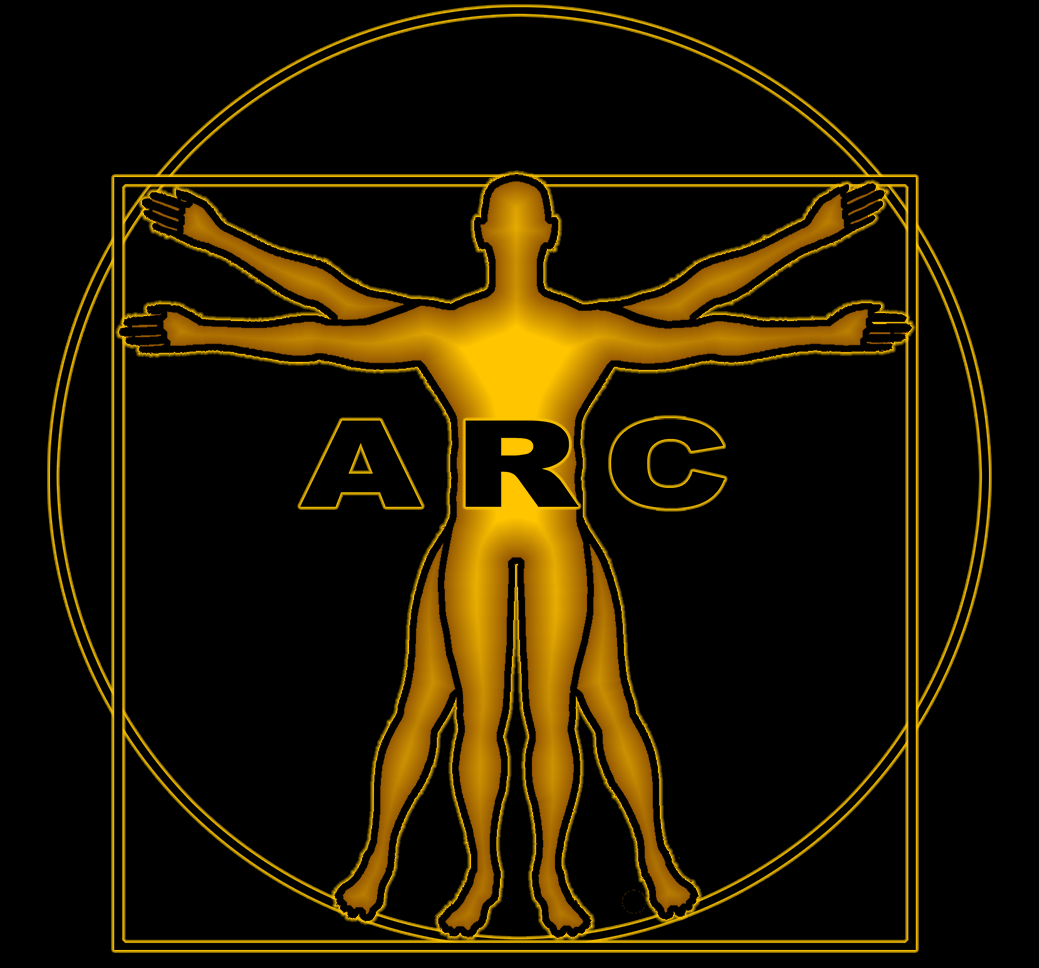
Reprogramming Induced Rejuvenation (RIR)
RIR as it relates to organismal rejuvenation involves applying the principles of cellular reprogramming to the whole organism in order to counteract aging and age-related diseases. The objective is to restore youthful characteristics and functionality at the tissue, organ, and systemic levels. Although RIR has shown promise in cellular and animal models, its application to whole organisms, particularly humans, remains a challenge and is an active area of research.
In the context of organismal rejuvenation, RIR typically involves partial reprogramming, as fully reprogramming cells into pluripotent stem cells could lead to undesirable consequences such as loss of cellular identity and tumorigenesis. Partial reprogramming involves transient or controlled exposure to reprogramming factors, allowing cells to maintain their differentiated state while still undergoing rejuvenation.
The potential effects of RIR on organismal rejuvenation include:
Improved tissue regeneration: By rejuvenating aged cells, RIR can enhance the regenerative capacity of tissues and organs, promoting healing and repair in response to injury or damage.
Restoration of organ function: RIR can potentially counteract the decline in organ function associated with aging by rejuvenating cells within the organs and improving their functionality.
Reduced inflammation: Aging is often accompanied by chronic, low-grade inflammation, which can contribute to age-related diseases. RIR can potentially reduce inflammation by decreasing the number of senescent cells, which are known to produce pro-inflammatory molecules.
Enhanced stem cell function: Stem cells play a critical role in tissue maintenance and repair, but their function declines with age. RIR may rejuvenate stem cells, restoring their ability to differentiate and regenerate tissues.
Improved systemic function: By rejuvenating cells and tissues throughout the body, RIR may contribute to improved overall health, including enhanced immune function, metabolic function, and cognitive function.
Despite the potential benefits of RIR for organismal rejuvenation, several challenges and risks remain, including the potential for unintended consequences such as tumorigenesis, loss of cellular identity, and immune rejection. Moreover, translating the findings from cellular and animal models to humans is a complex task, and further research is needed to develop safe and effective therapeutic applications. Additionally, understanding the long-term consequences of RIR on organismal health and lifespan will be crucial to fully evaluate its potential as an anti-aging intervention.
Inducing Reprogramming Induced Rejuvenation requires insight into multiple processes that must occur in a specific order of occurrence.
All Available Interventional Resources [AAIR]
[AAIR] represents an inclusive envelope containing: Amino Acids; Peptides; Proteins; Nutritional Supplements; Plant Derived Compounds, Hormones; Drugs and/or Small Molecules [SM]. AAIR is intended to include virtually every bioactive molecule capable of binding or activating any relevant biological target or pathway involved in iPSC or RIR. AAIR agents fall into four major functional categories: epigenetic, antioxidant, cell-signaling, amd/or metabolic switcher. Each of these categories appears to be required in any cocktail designed to induce or enhance either iPSC or RIR programming process.
Biological / Molecular and Signaling Pathways
Biological molecular pathways, also known as biochemical pathways or signaling pathways, are a series of interconnected chemical reactions that occur within a cell or organism. These pathways involve a series of biomolecules, primarily proteins, which interact with each other in a highly regulated manner to convert input signals into appropriate cellular responses.
Molecular pathways are crucial for maintaining cellular homeostasis, responding to external stimuli, and orchestrating complex biological processes such as growth, development, metabolism, and cell death. The components of these pathways can include enzymes, receptors, signaling molecules, and regulatory proteins.
There are three main types of biological molecular pathways:
Metabolic pathways: These pathways involve the synthesis, breakdown, or transformation of small molecules (metabolites) within a cell. Metabolic pathways are responsible for producing essential cellular components, generating energy, and maintaining cellular redox balance. Examples of metabolic pathways include glycolysis, the Krebs cycle, and the electron transport chain.
Signal transduction pathways: These pathways are responsible for transmitting signals from the extracellular environment to the intracellular environment, allowing cells to respond to external stimuli. Signals can be in the form of hormones, growth factors, or environmental cues. Signal transduction pathways involve a series of protein-protein interactions, often initiated by the binding of a ligand to a cell surface receptor, and culminating in a cellular response. Examples of signal transduction pathways include the insulin signaling pathway, the mitogen-activated protein kinase (MAPK) pathway, and the phosphoinositide 3-kinase (PI3K) pathway.
Gene regulatory pathways: These pathways involve the regulation of gene expression, the process by which information encoded in DNA is converted into functional products, such as proteins or RNA molecules. Gene regulatory pathways control when, where, and how much of a specific gene product is produced, allowing for precise control of cellular processes and responses to environmental cues. These pathways involve a variety of molecules, such as transcription factors, enhancers, silencers, and small regulatory RNAs, that modulate the activity of RNA polymerase and other transcriptional machinery.
Gene regulatory pathways play a vital role in cellular differentiation, development, and the maintenance of cellular identity. Examples of gene regulatory pathways include the Wnt signaling pathway, the Notch signaling pathway, and the Hippo signaling pathway.
In summary, biological molecular pathways are complex networks of interacting biomolecules that regulate essential cellular processes, including metabolism, signal transduction, and gene expression. Understanding these pathways is crucial for elucidating the molecular mechanisms underlying various physiological and pathological conditions, as well as for the development of targeted therapeutic interventions.
Transcription factors [TFs]
[Transcription factors] [TFs] are proteins involved in the regulation of gene expression at the transcriptional level. They interact with DNA in a sequence-specific manner through their DNA-binding domains (DBDs), which are used to classify TFs into structural families. The genomic locations where TFs bind to DNA are known as TF binding sites (TFBSs), which are typically short (6–20 bp) and exhibit sequence variability. Genome-wide identification of TFBSs is key to understanding transcriptional regulation.
NETWORK HUBs [NH]
[NETWORK HUBs] [NH] - The interconnected molecular pathways that produce signaling cascades, inducing or enhancing the RIR or cellular reprogramming, are highly interconnected and form protein-protein networks of a scale-free topology. These pathways are activated, modulated or blocked by small molecules [SM] targets and transcription factors [TFs] that play critical roles in various functional categories such as epigenetics, cell signaling, and metabolic "switchers." Remarkably, many enriched pathways of SM targets are related to aging, longevity, and age-related diseases, thus connecting them with cellular and organismal reprogramming.
Core Transcription Factors [CTF]s
[Core Transcription Factors] [CTF]s TFs dominate the control of gene expression in embryonic stem cells, iPSC’s and other cellular models by forming interconnected auto-regulatory loops, known as core transcriptional regulatory circuitry (CRC). CRC’s control gene expression in embryonic stem cells and other cellular models including iPSCs by forming interconnected auto-regulatory loops, known as [Core Transcriptional Regulatory Circuitry] [CRC].
Super-enhancers [SE]s
[Super-enhancers][SE]s are large clusters of transcriptional enhancers that drive expression of genes that drive reprogramming and define cell identity. SEs enabling CRC activation and induction.


